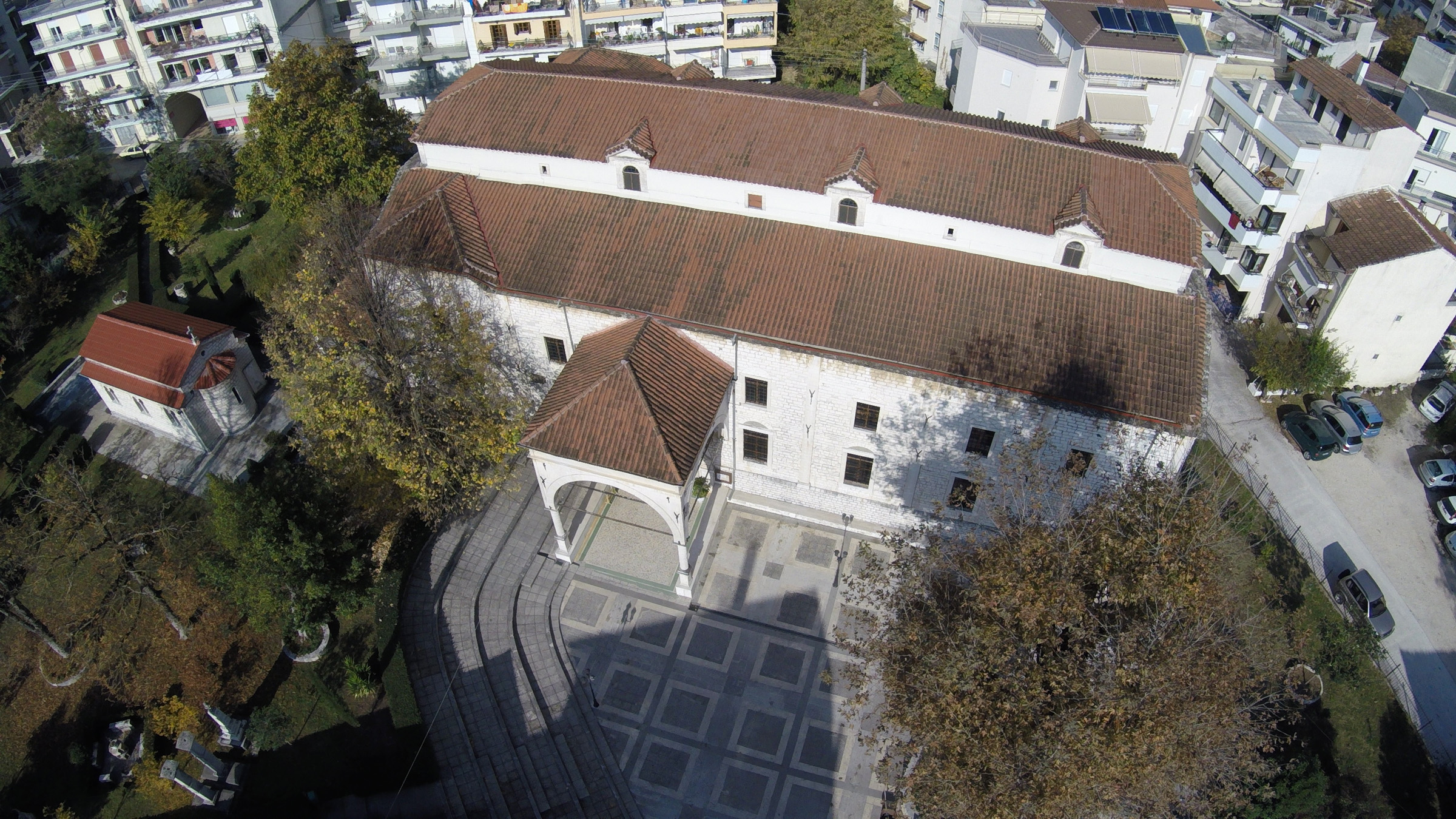The monastery was dedicated to the birth of Virgin Mary and celebrates on September the 8th. According to a legend, the monastery was named after the many thorny bushes (paliouria) that grow in the surrounding area and was founded in 1373 by the Serbian ruler of Ioannina Thomas Prelioubovits
History of the monument
The monastery was built in the village of Paliouris, municipality of Zitsa, it was dedicated to the birth of Virgin Mary and celebrates on September the 8th. According to a legend, the monastery was named after the many thorny bushes (paliouria) that grow in the surrounding area and was founded in 1373 by the Serbian ruler of Ioannina Thomas Prelioubovits. The new monastery was built at 1688-1690 on the ruins of the original by Alexios Papanastasiou from Zitsa who became the first abbot as evidenced by the dedicatory stamp of the monastery.
The catholicon of the monastery was destroyed during an Albanian raid in 1782 and rebuilt in 1786 at the expense of John Karamesinis, a Zagorian notable. In 1796 Ali Pasha contributed to the final renovation that shaped the present appearance. In 1820 it was seriously damaged and was abandoned during the Revolution. The Ottoman governor of Ioannina, Mehmet Resit Pasha order the reconstitution of the monastery in 1825.
The Monastery of Paliouris had been wealthy, having remarkable property. Apart from the property of the founders that was allocated, the monastery had estates, vineyards, beehives, mills as well as several offerings and revenues from community and religious fairs.
Details of the monument
In architectural terms the catholicon/church of the monastery is a three-aisled basilica with a dome. The interior is decorated with frescoes painted in 1833 by Theodosius and Constantine from Ioannina. Of particular interest is the wooden iconostasis and the icons of 1678, made by Emmanuel Tzane Mpouniali.
There is also a copy of a copper engraving of the Virgin of Kykkos’s monastery. Opposite the Main Gate, in a specially crafted iconostasis, the miraculous icon of Panagia of Paliouriotisas is placed.




























































